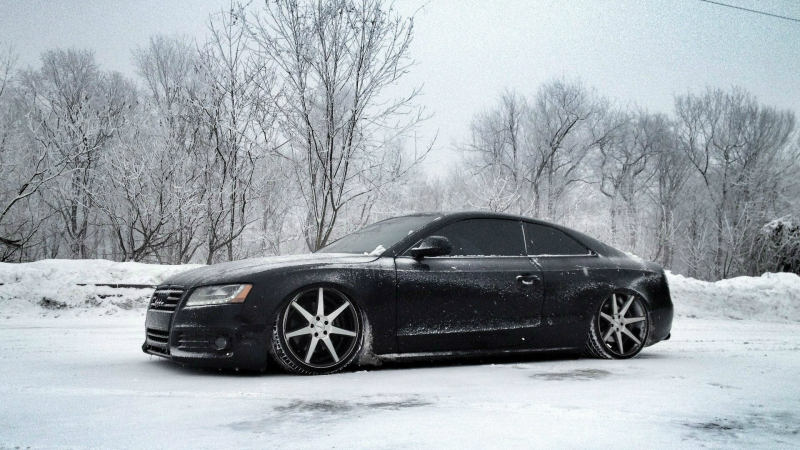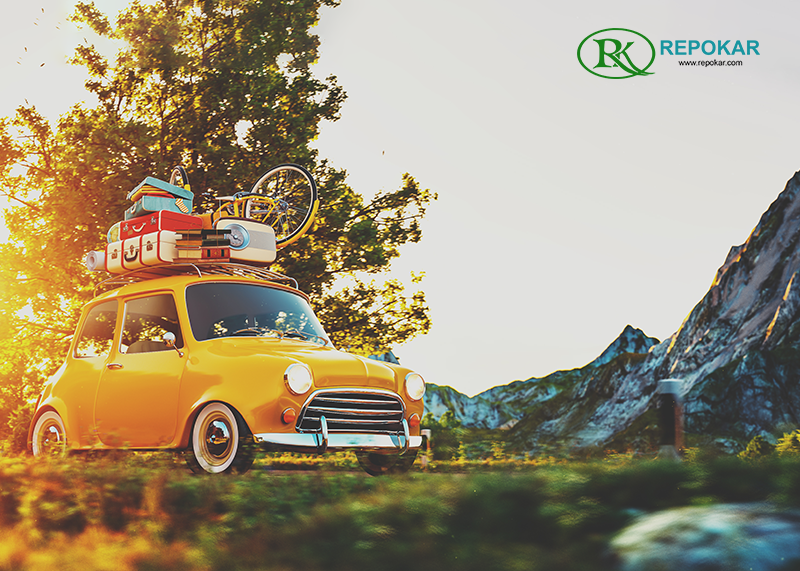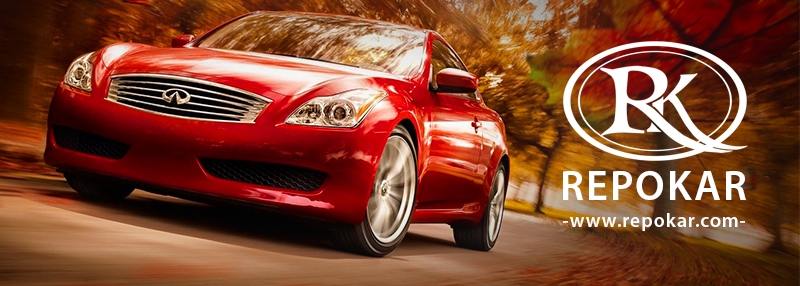Hot rods are typically old, classic American cars with large engines modified in various ways to achieve higher performance. The vast majority of the cars being run were four-cylinder Ford Model Ts or their successor, the four-cylinder Model A as these models were cheap, plentiful, lightweight, and easy to work on.
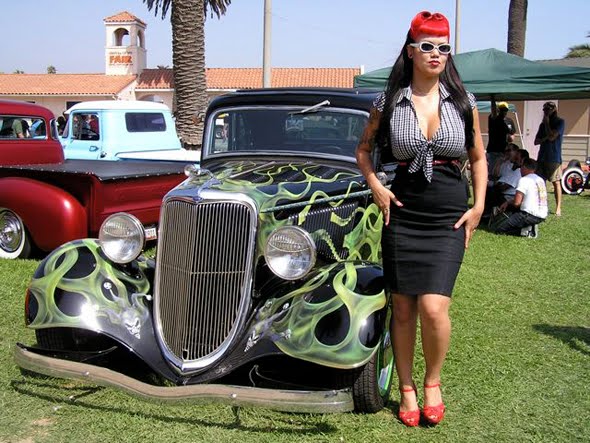
Nobody knows for sure the origin of the term "hot rod", but there is a theory that it was originated by the fact that burning out the connecting rod bearings was a very common failure mode for souped up vehicles, and "hot rod" could refer to that phenomenon.
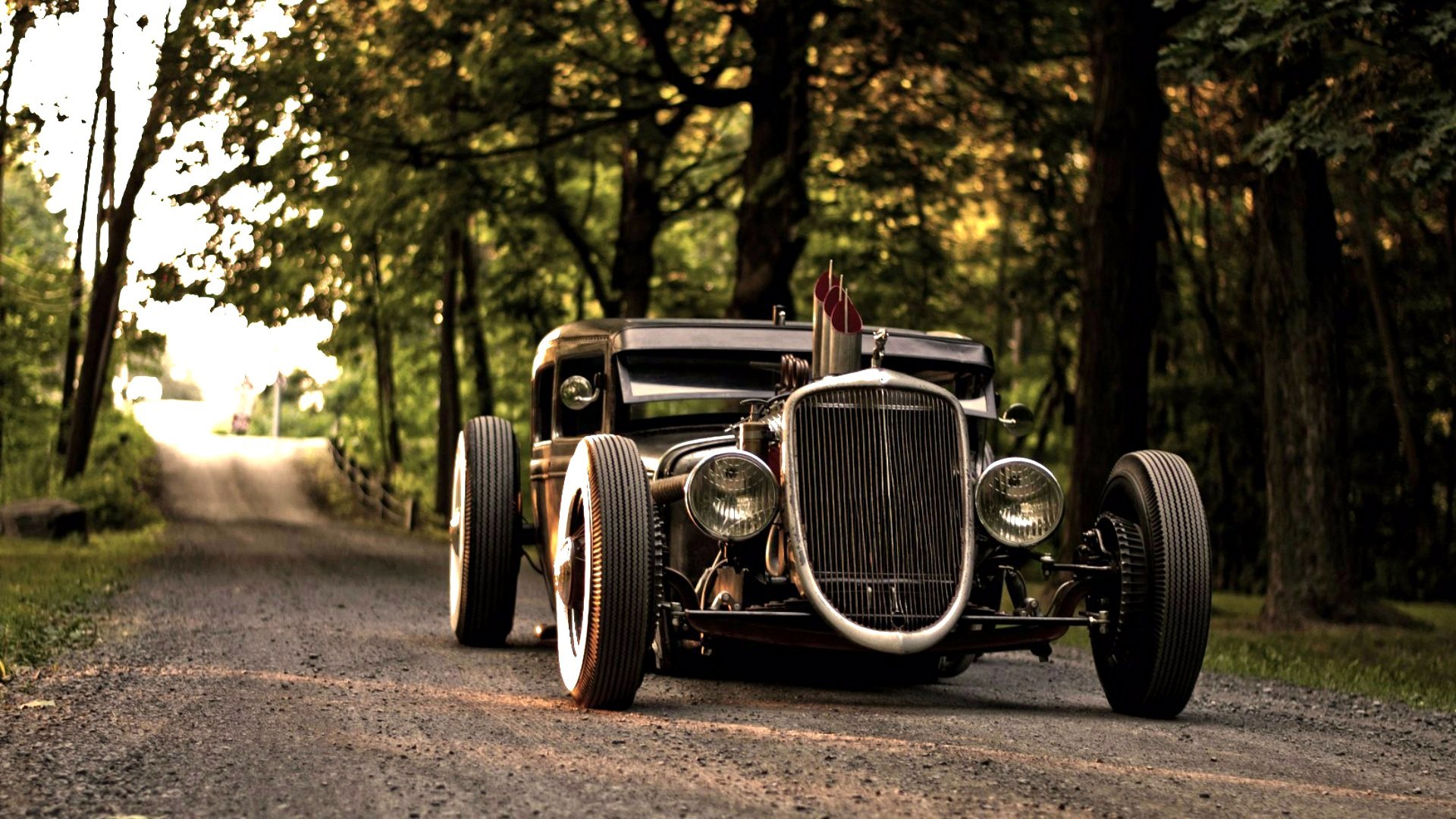
The 1950s: The Golden Age of the Hot Rod and Custom Car
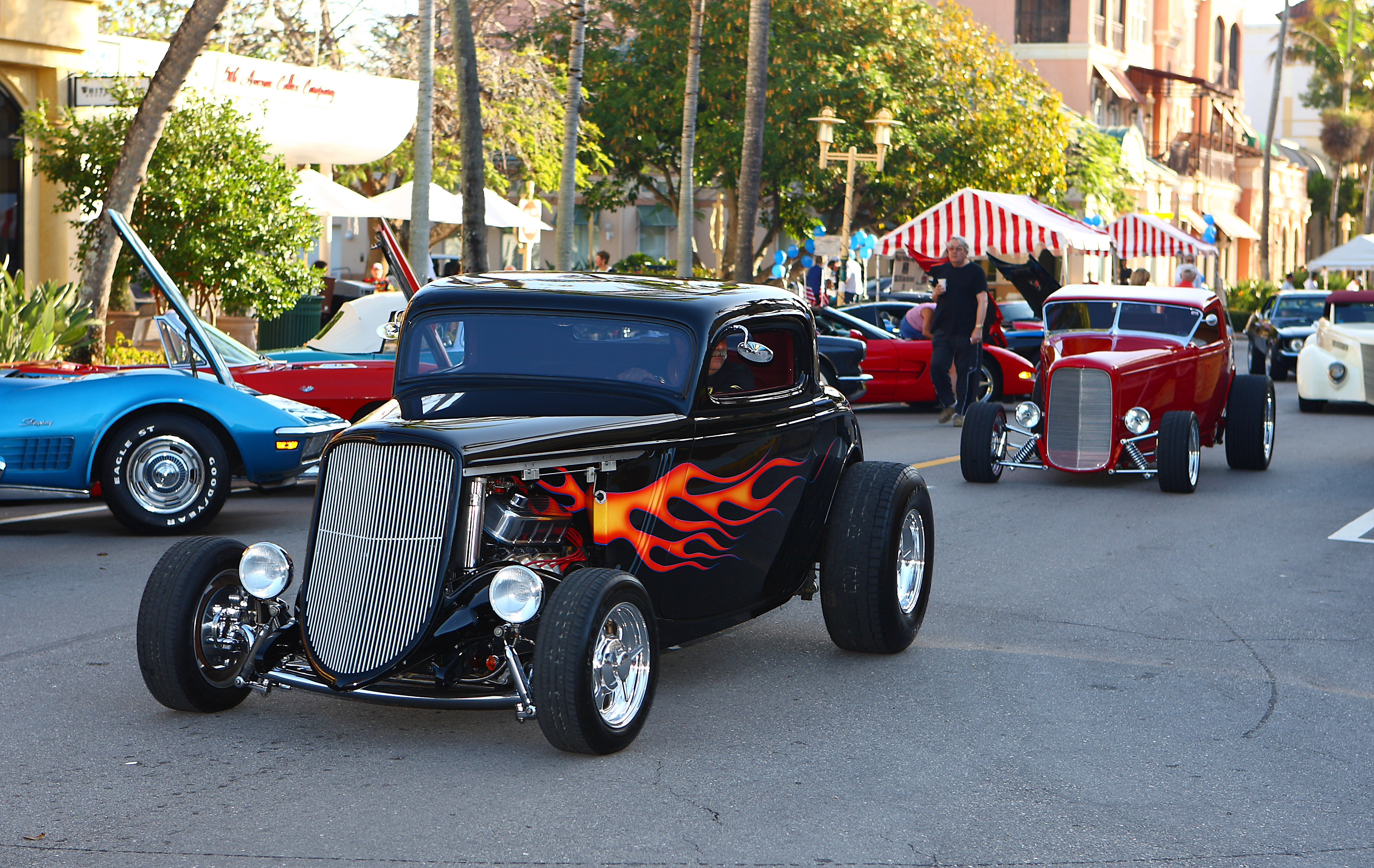
It seems that first hot rods started to appear in the late 1930s in southern California, where people would race their modified cars on the vast, empty dry lake beds northeast of Los Angeles. The Harper, Muroc, and El Mirage dry lakes saw a great racing activity starting from the '20s up to World War II (racing at El Mirage continues today). At the lakes, the cars were timed with handheld stopwatches and placed in a class determined by the resultant time. The activity significantly increased in popularity after World War II, because many returning soldiers had been given technical training in the service.
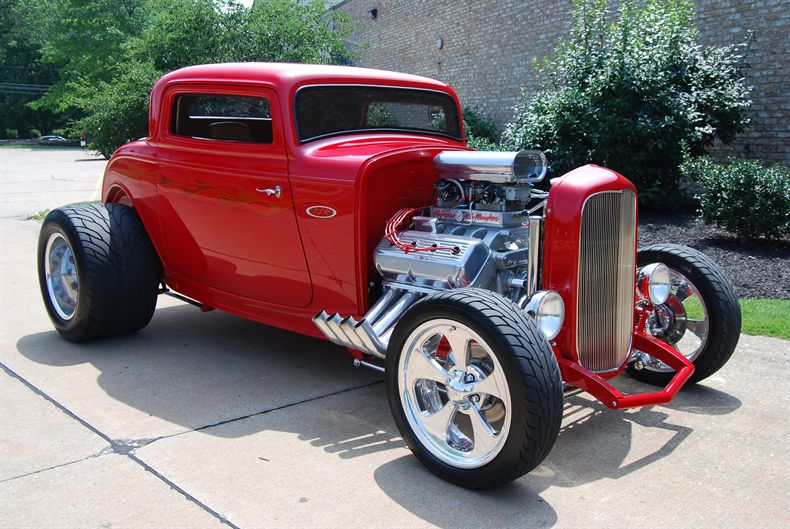
It is interesting to notice that a "Hot rod" was a term used in the 1950s for any car that did not fit into the mainstream. The common names for the modified car back then were ''Hop Ups'', ''Speedster'', ''Gow-Jobs'', or ''Soup-Ups''.
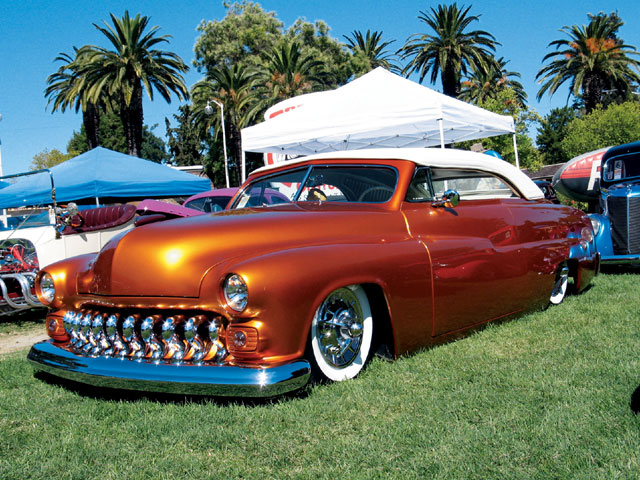
Typical modifications were removal of convertible tops, hoods, bumpers, windshields, and fenders; channeling the body; and modifying the engine by tuning and replacing it with a more powerful type. Wheels and tires were changed as well for improved traction and handling. So, buy the nicest roadster you can find (because roadsters were the lightest, modify it to the extent of your abilities and financial resources and go racing!
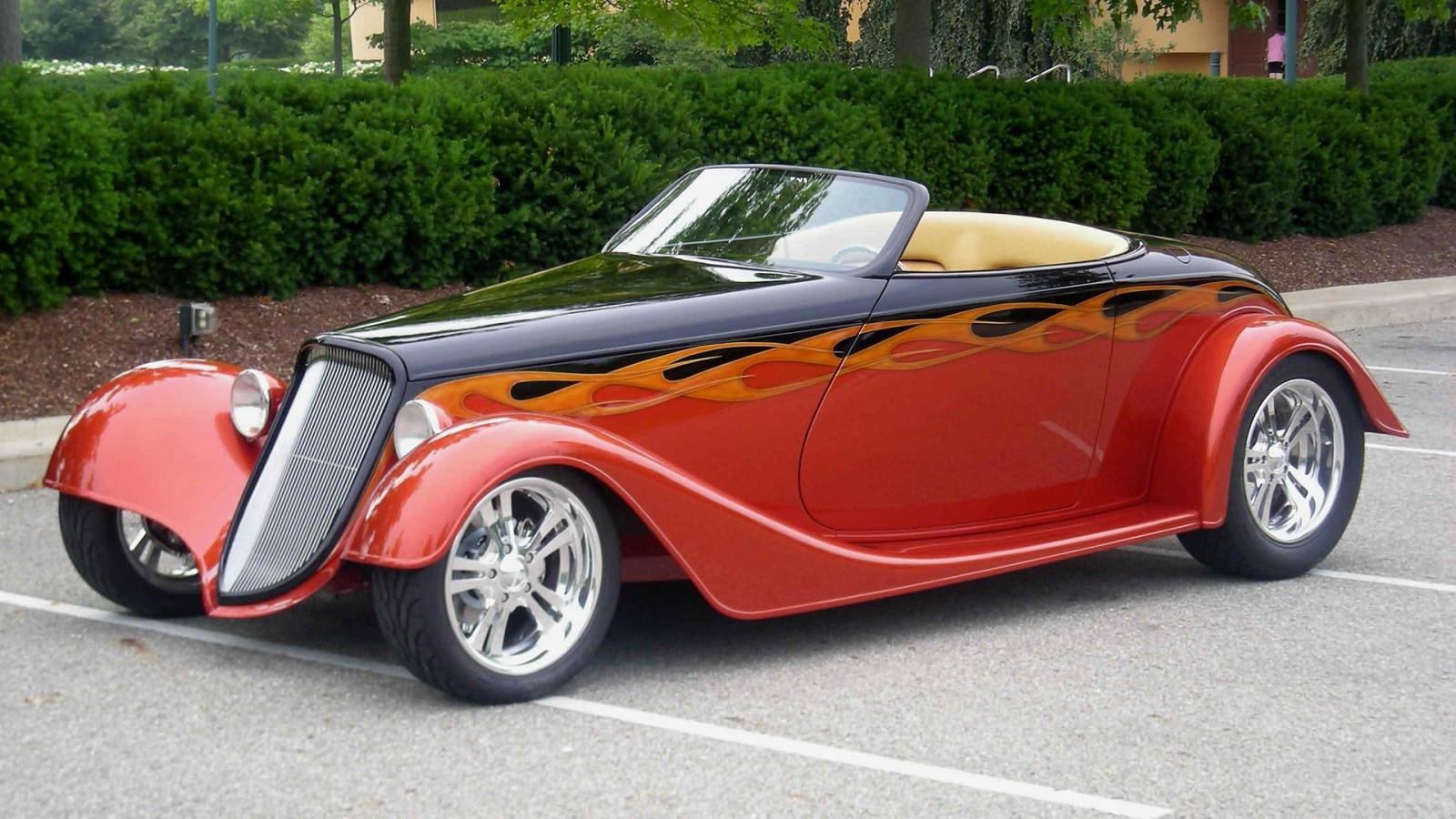
Rodding In Modern Culture
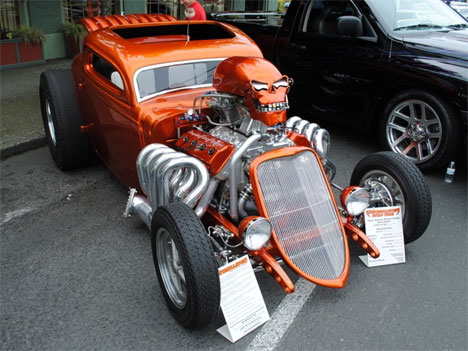
Hot rods have long been symbolized with speed, unique looks, and the Rock n’ Roll era, in the beginning it was about speed and showing up the wealthier auto owners, but today there is a contemporary movement of traditional hot rod builders, car clubs and artists who have returned to the roots of hot rodding as a lifestyle. It is a hobby that has grown to national attention with TV shows, speed shops, and specialty shops all across the nation specializing in hot rods.
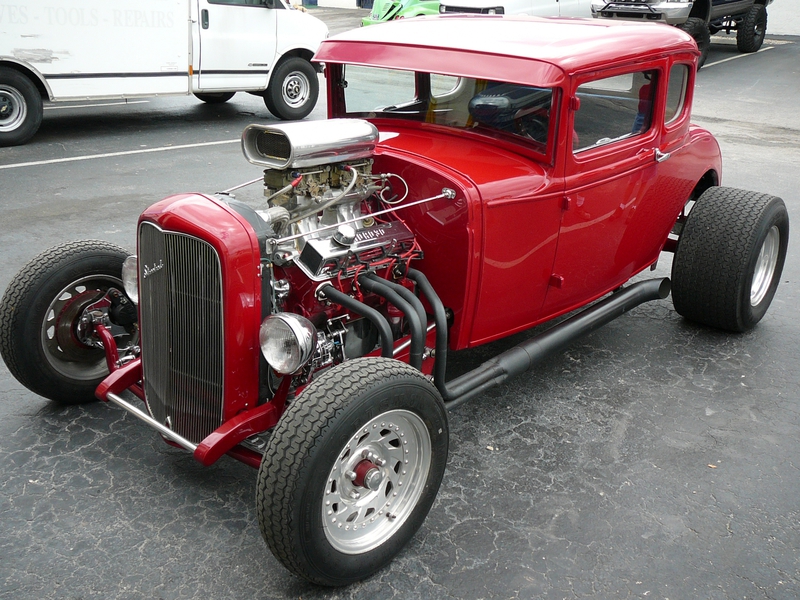
There is a whole hot rod culture worldwide, that especially flourishes in the United States, Canada, the United Kingdom, Australia and Sweden. The hot rod community has now been subdivided into two main groups: street rodders and hot rodders. Hot rodders build their cars using a lot of original equipment parts and follow the styles that were popular from the 1940s through the 1960s, while street rodders build cars using primarily new parts.






